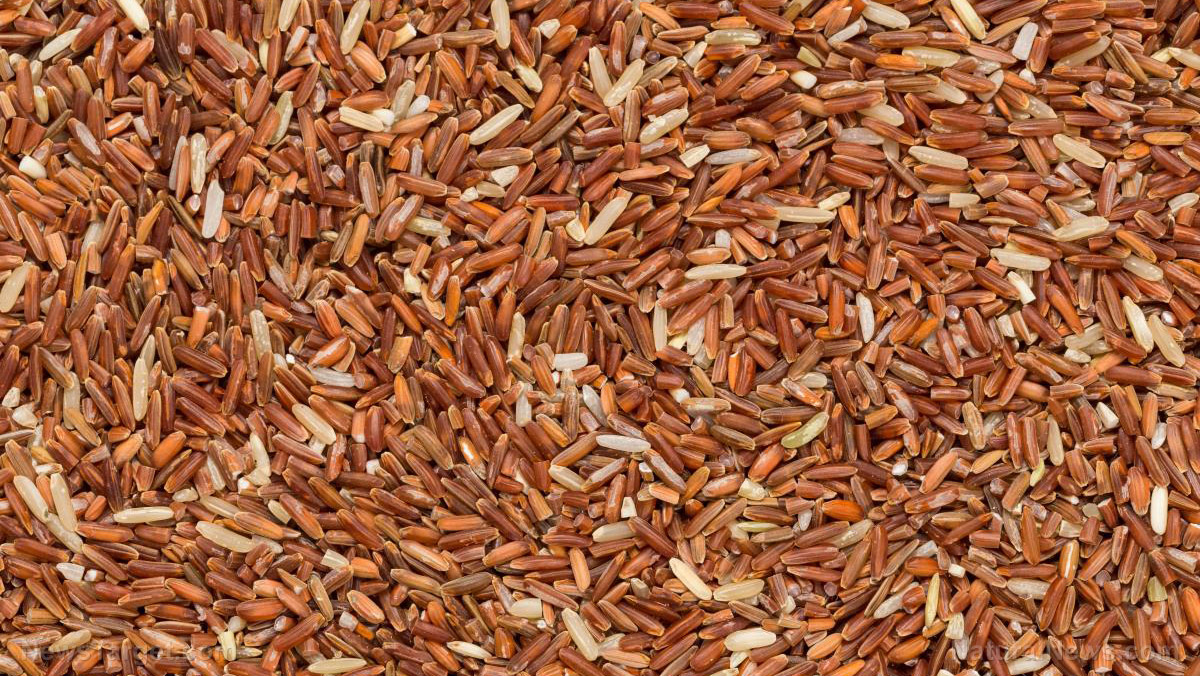
Brown rice is a whole grain so it is composed of three parts of a grain kernel. These include the fiber-filler outer layer called the bran, the starchy middle layer known as the endosperm, and the nutrient-rich germ found at the core of the grain. Unlike white rice, which is a refined grain that has no more bran and germ, brown rice retains most of its fiber and nutritional content.
One cup of brown rice can give you most of the nutrients that you need. It is packed with B vitamins, vitamins E and K, and minerals like manganese, potassium, calcium, phosphorus, selenium, iron, zinc, magnesium. Moreover, it also contains beneficial amounts of fiber, essential fatty acids, and proteins. On the other hand, it has low levels of potentially harmful components like cholesterol and other fats.
Health benefits of brown rice
The nutrients found in brown rice are responsible for the many health benefits associated with this superfood, which include the following:
- Improving heart health -- Brown rice contains an element called selenium that is great for the heart. Moreover, this variety of rice is rich in fibers that prevent the formation of plaques, which can block the arteries and prevent blood flow. This effect of brown rice significantly reduces the possibility of getting high blood pressure and other vascular diseases. Lastly, there is a component in the tissue coating each grain of brown rice that works against angiotensin II, which is involved in the development of hypertension and atherosclerosis.
- Reducing diabetes risk -- Unlike white rice, brown rice has a low glycemic index, which means that eating it won't cause a surge in insulin and blood sugar levels. Additionally, it contains all the necessary vitamins, fibers, and minerals that are needed to prevent diabetes.
- Promoting good digestion -- Fibers in brown rice enhance the movement of food and waste through the digestive tract so that a person won't suffer from problems like constipation and colitis. Moreover, it also helps you feel sated for longer periods of time so you don't have to keep eating every now and then.
- Preventing blood clot formation -- Blood clots are necessary since they can prevent excessive blood loss. However, the unnecessary formation of blood clots in the veins can be dangerous since it prevents blood from reaching the different parts of the body. This can lead to severe pain, paralysis, heart attack, or stroke. Fortunately, the fibers present in brown rice can prevent the unnecessary formation of blood clots.
- Lowering cancer risk -- Brown rice is rich in fibers that can bind themselves to cancer-causing toxins to prevent them from binding to the walls of the colon. It also facilitates the removal of these toxins from the body and induces programmed cancer cell death. Additionally, brown rice contains large amounts of phenolic compounds like tricin, ferulic acid, and caffeic acid that prevent cancer cell proliferation.
- Relieving insomnia -- Eating brown rice introduces more of the sleep hormone melatonin to the body. As a result of this, the person becomes more relaxed and gets more hours of better sleep quality.
- Preventing Alzheimer's -- People who eat brown rice have higher levels of the neurotransmitter gamma-aminobutyric acid, which can enhance glutamate release and the sensitivity of N-methyl-D-aspartate (NMDA) receptors that are crucial to learning and memory. (Related: Food for thought: Brown rice reduces cognitive dysfunction linked to Alzheimer’s.)
For more articles about the health benefits of brown rice, visit Food.news.
Sources include:
Please contact us for more information.






















